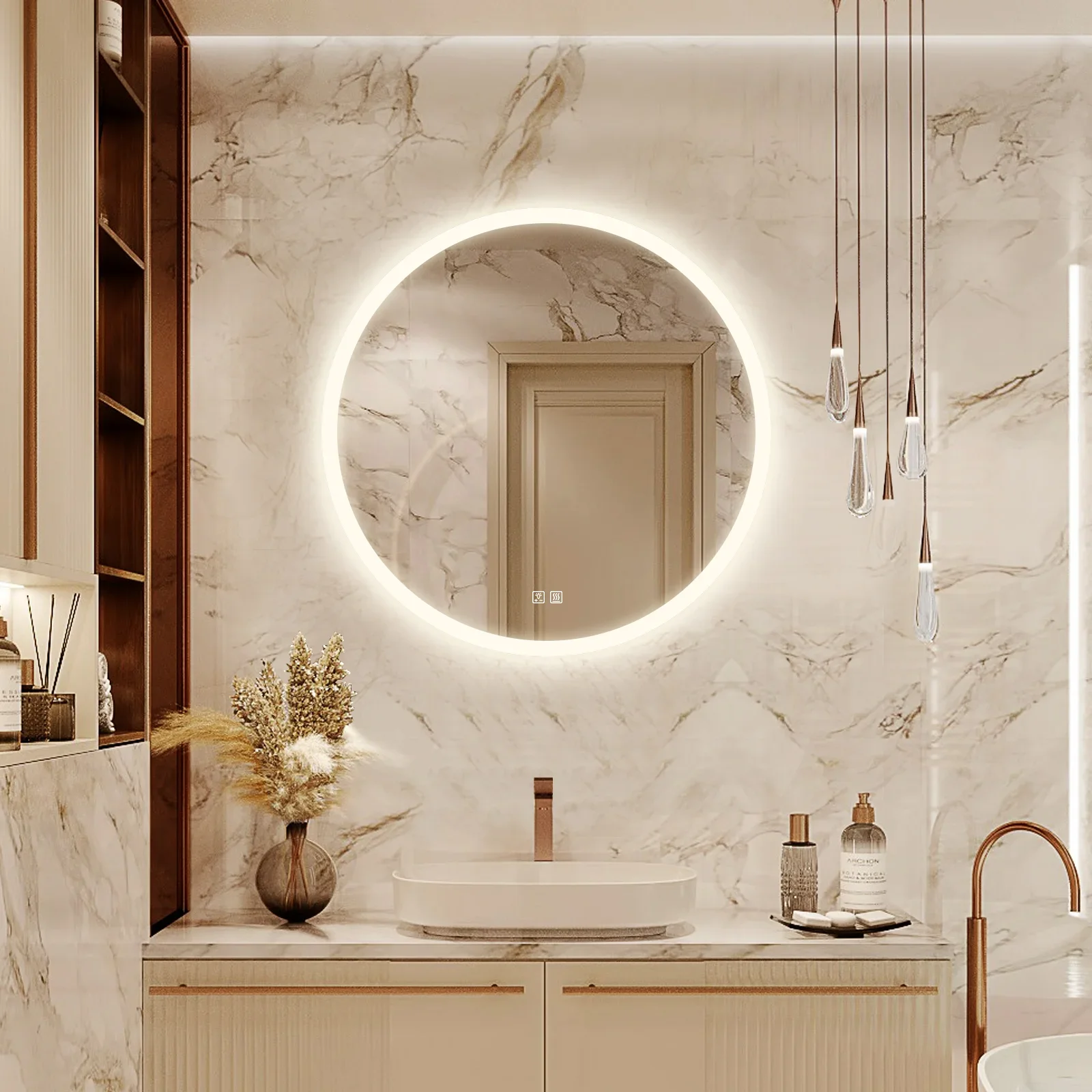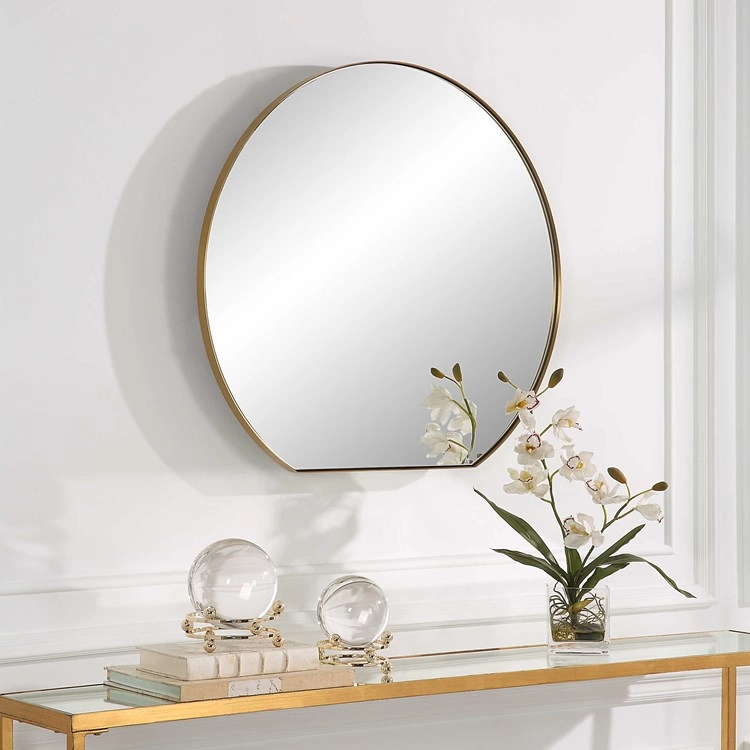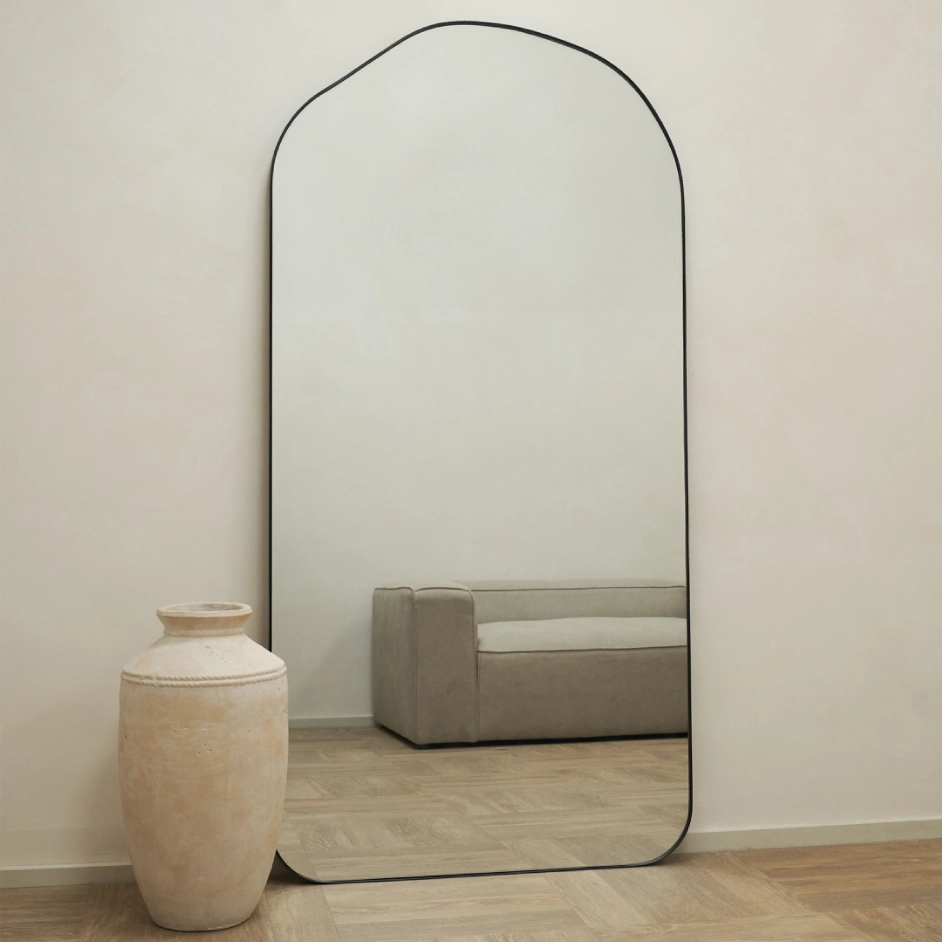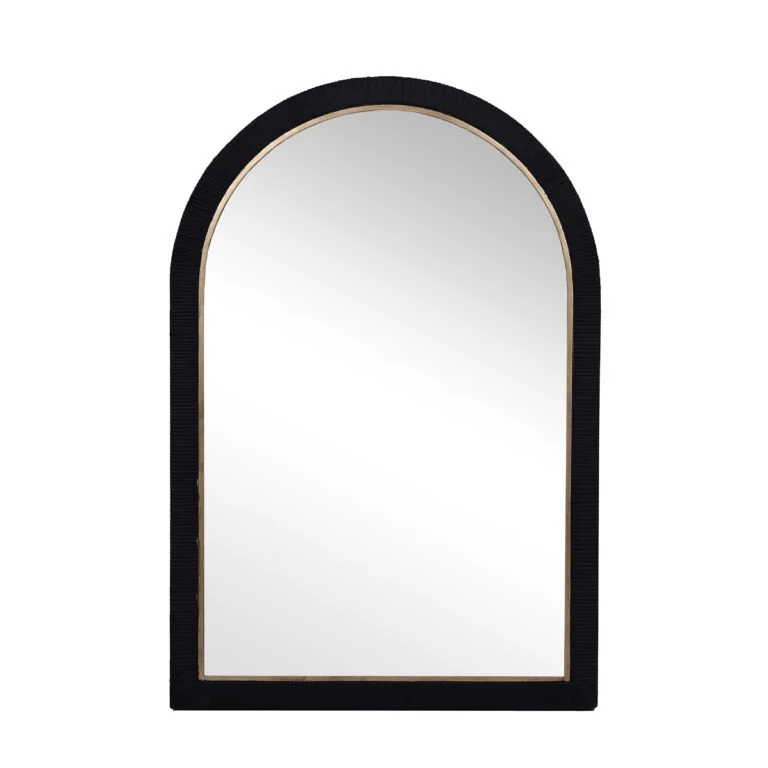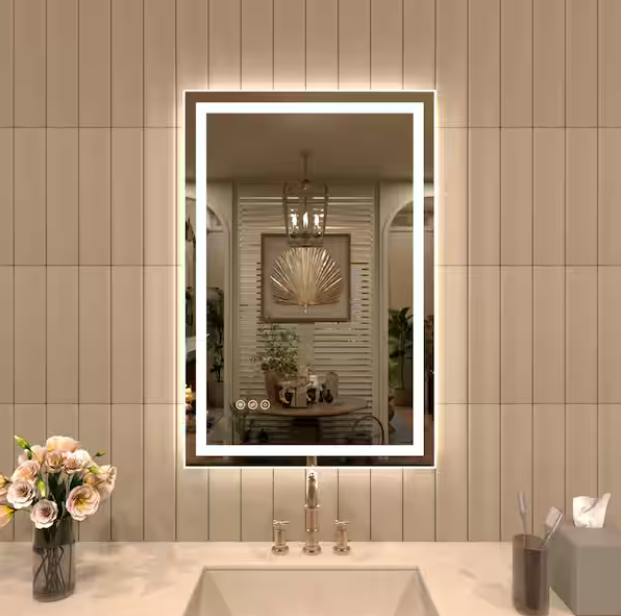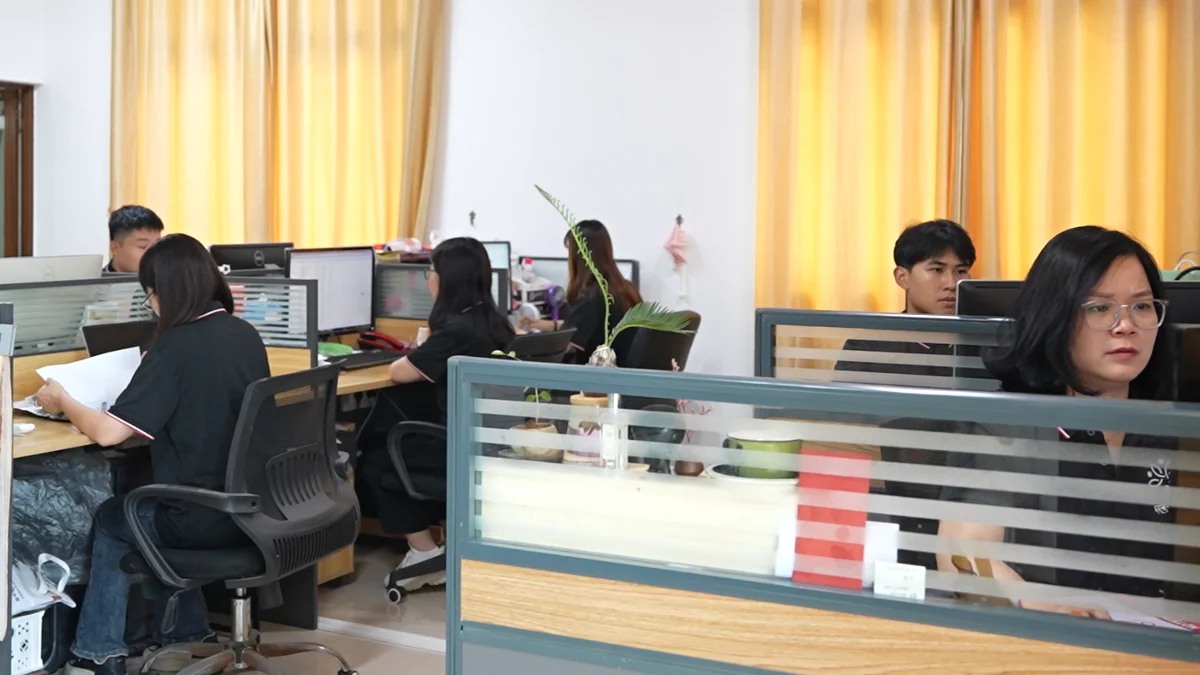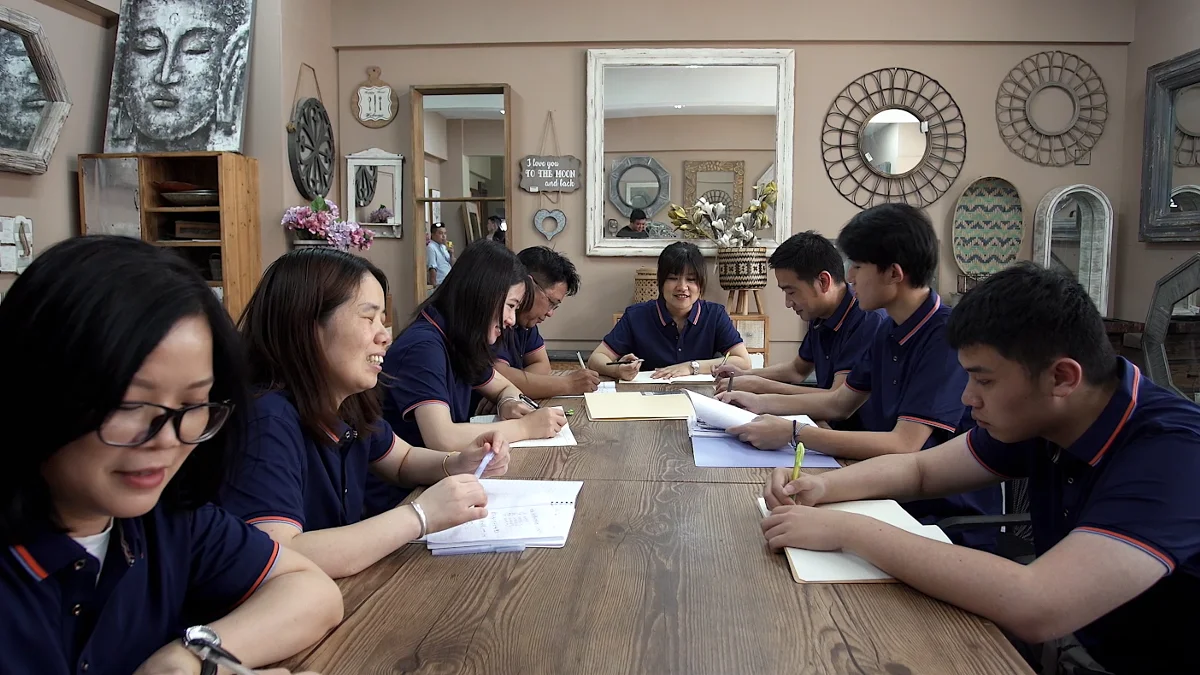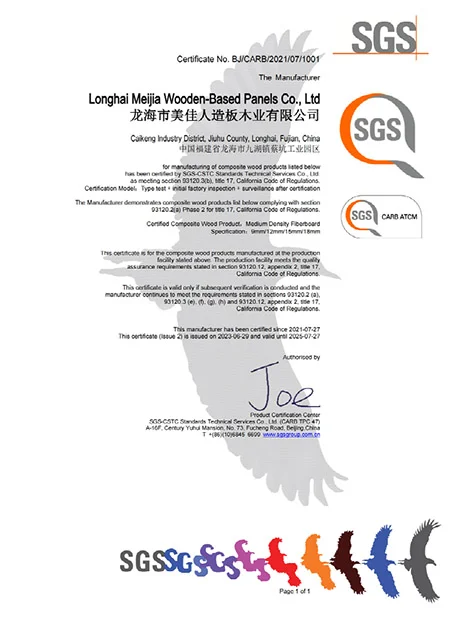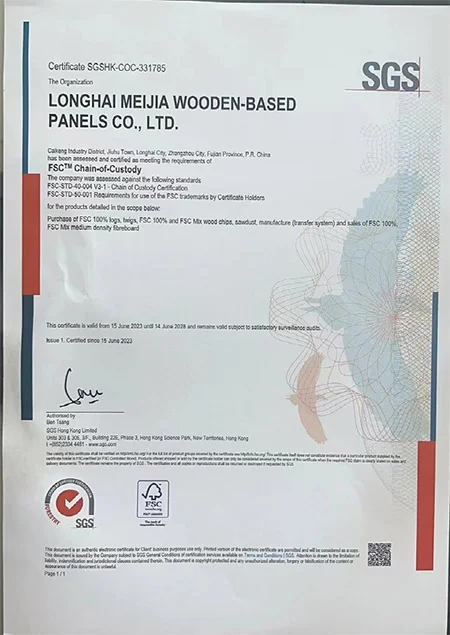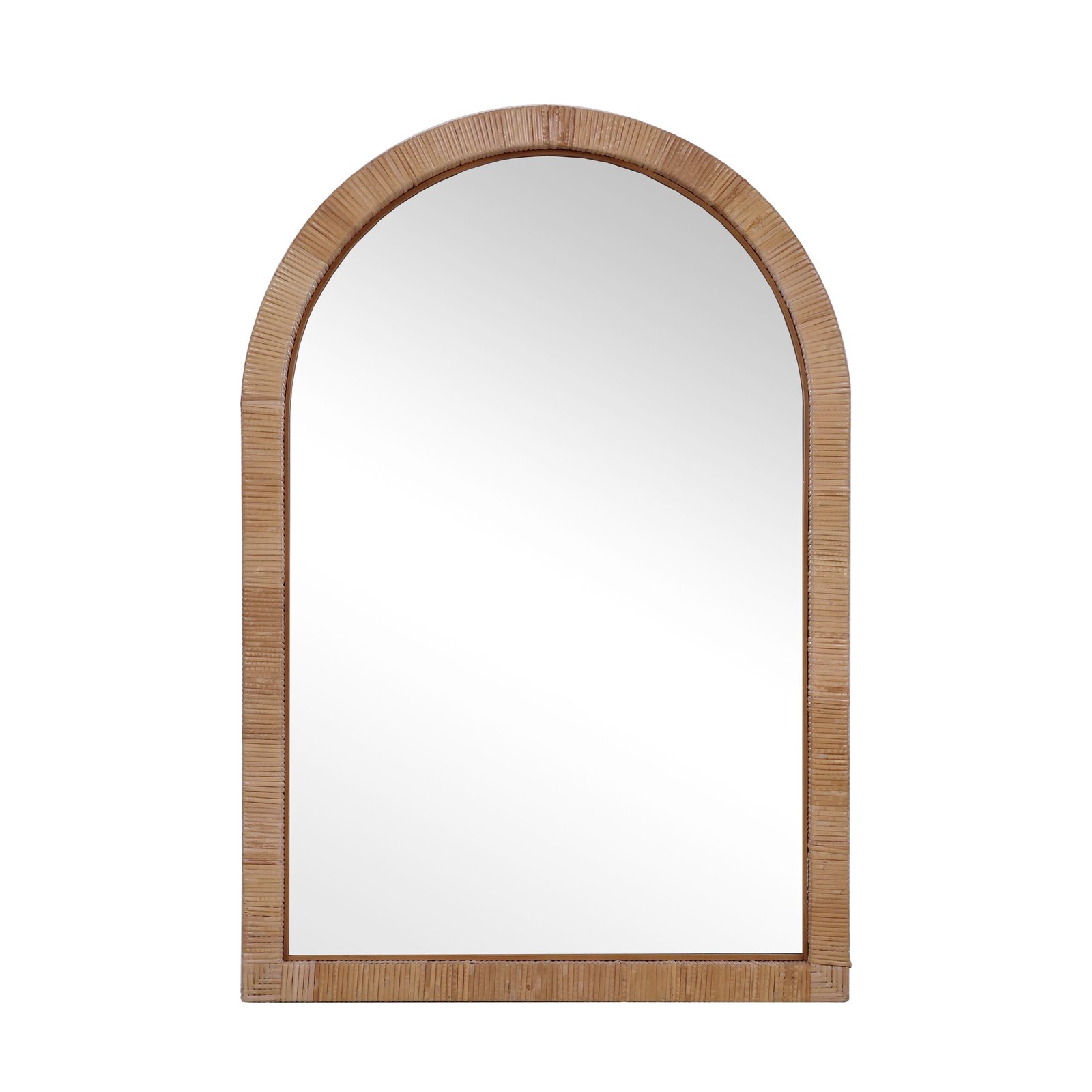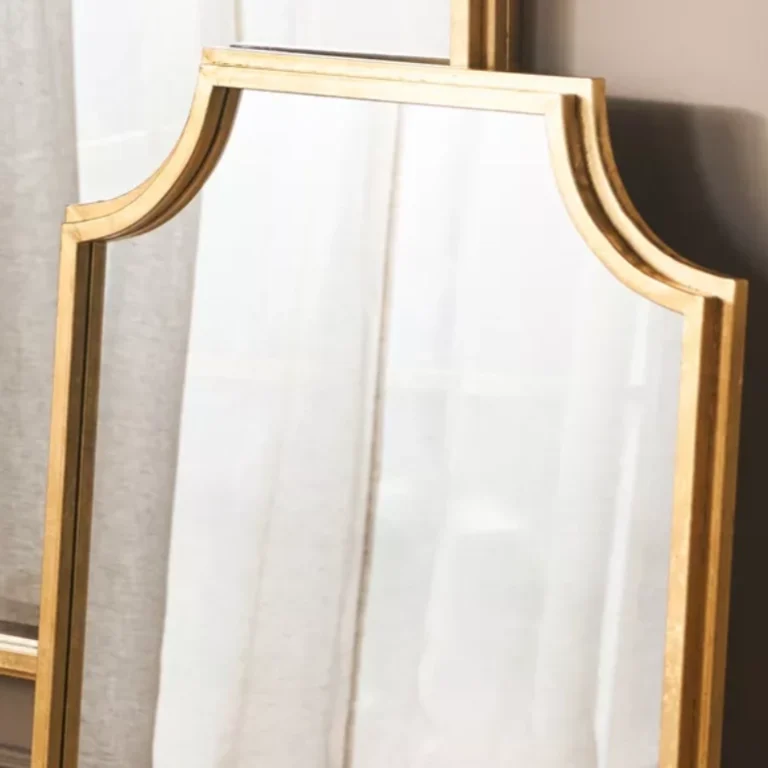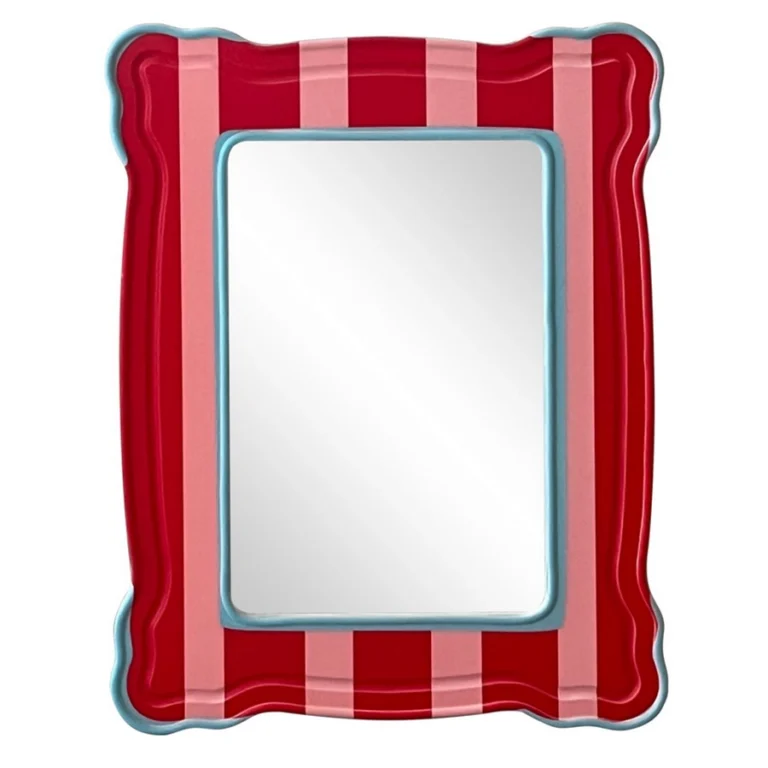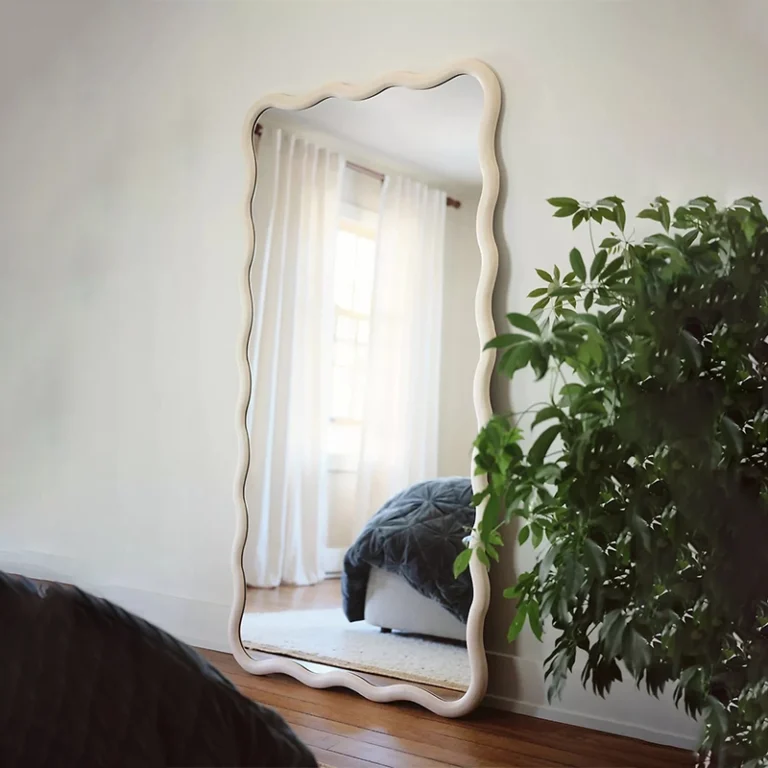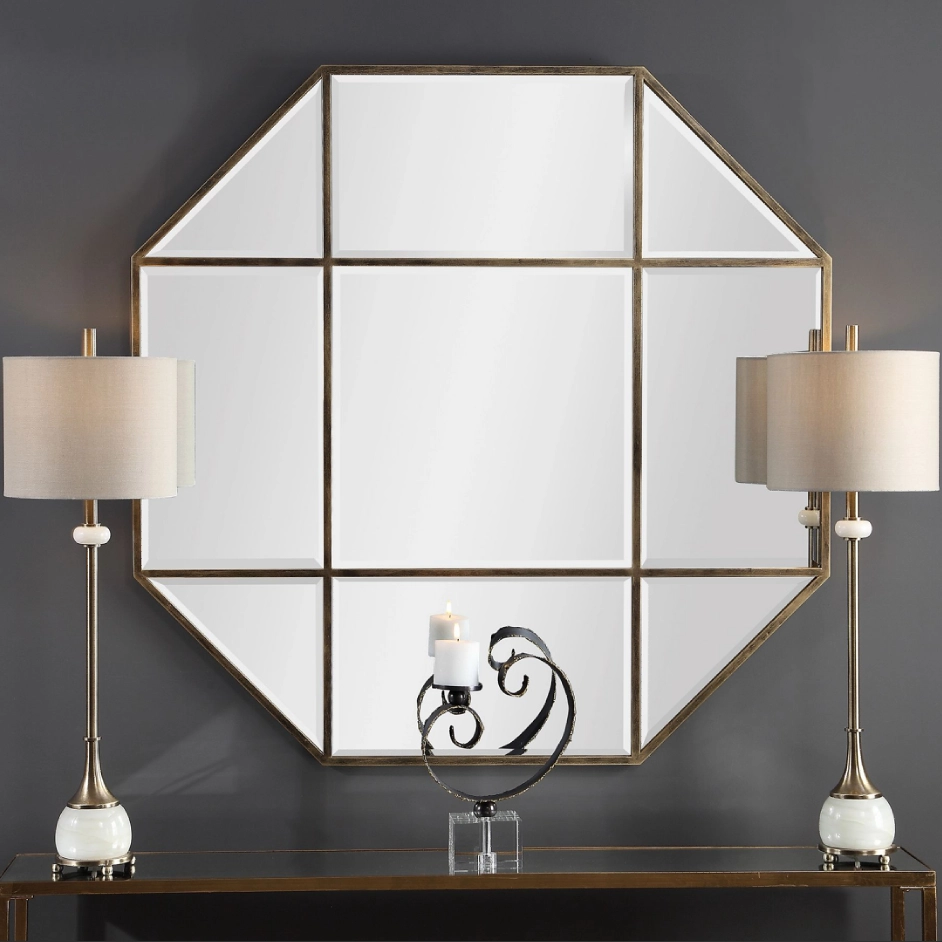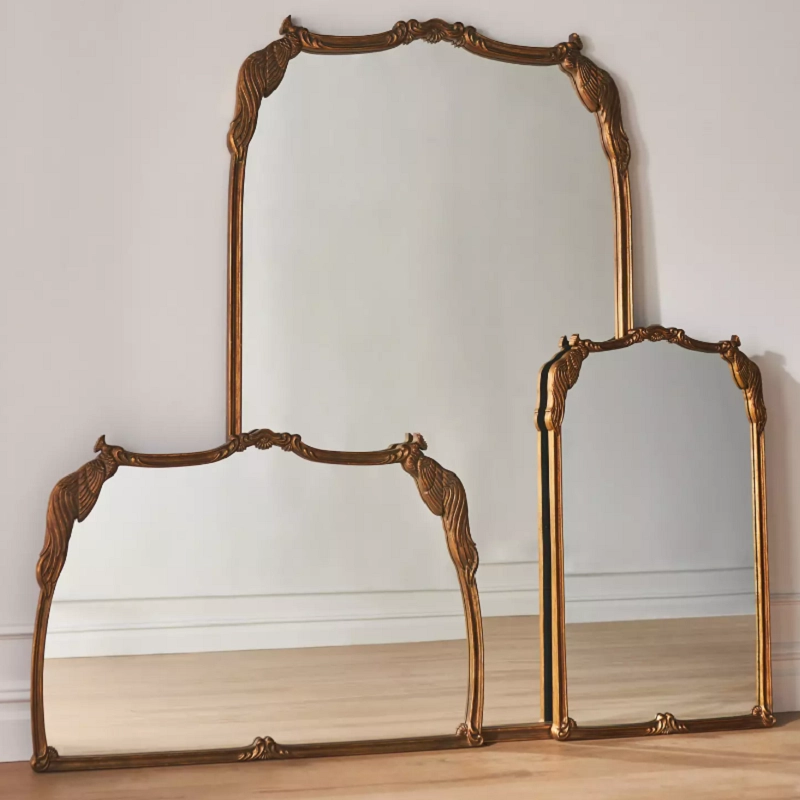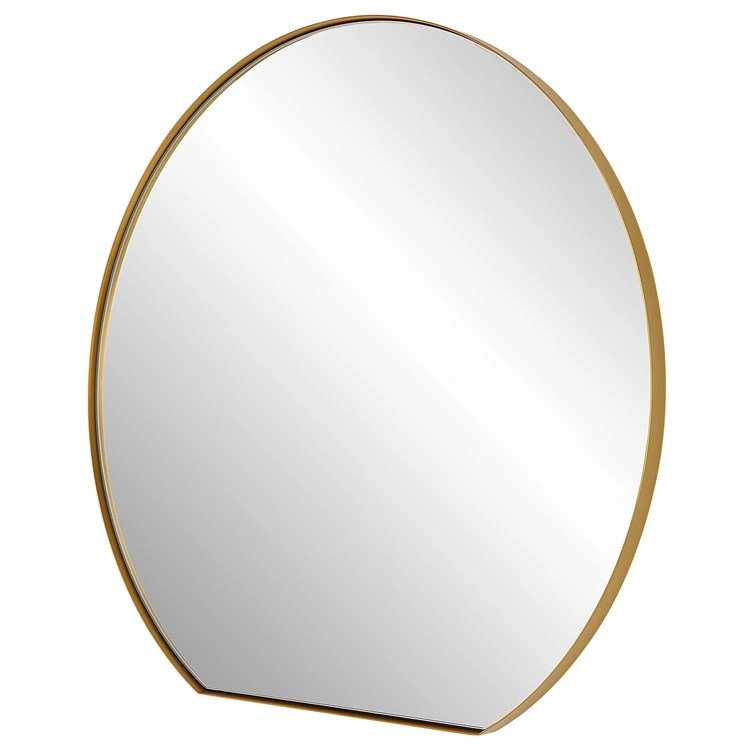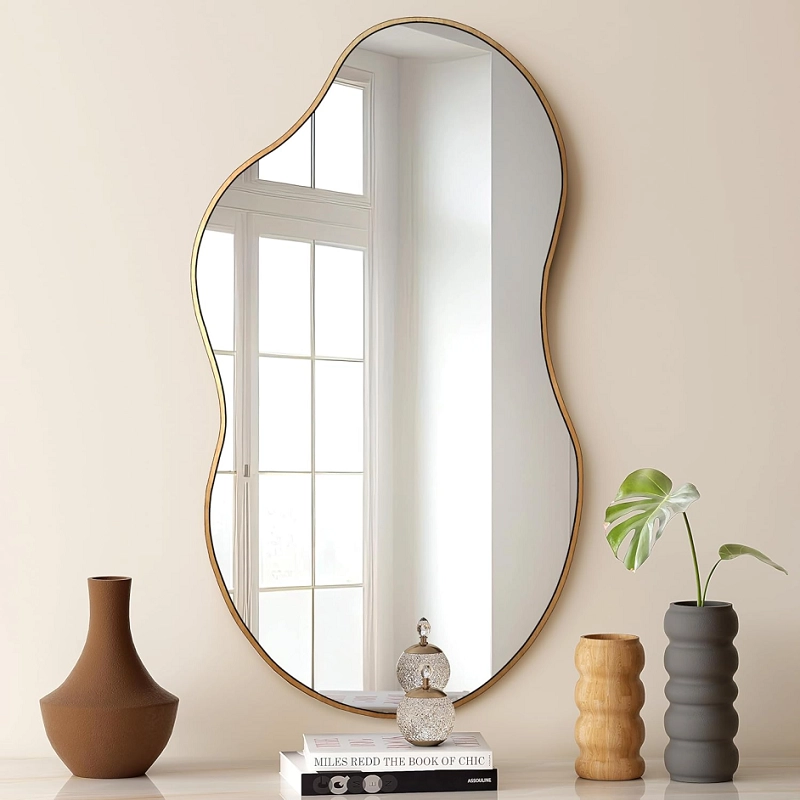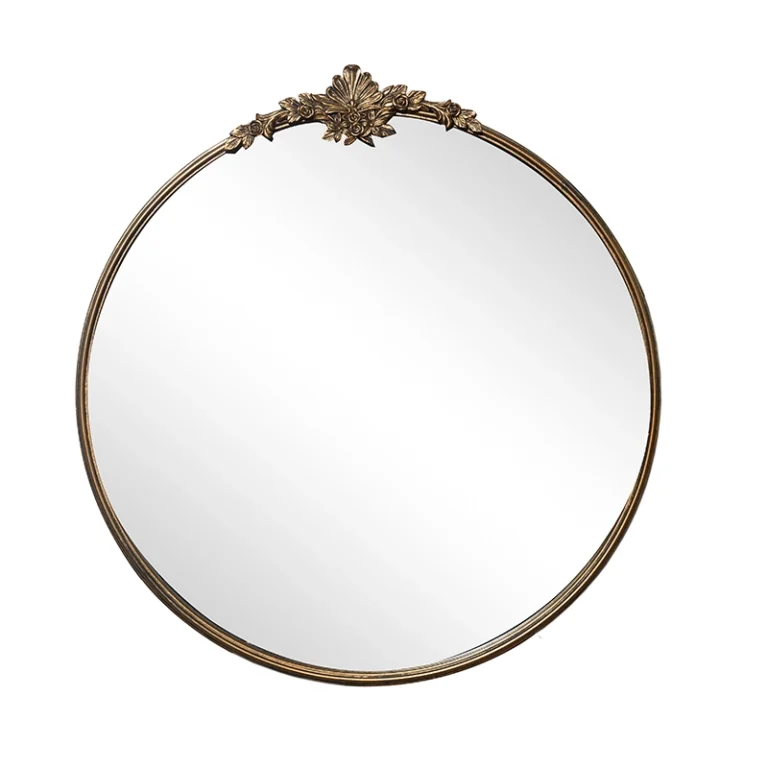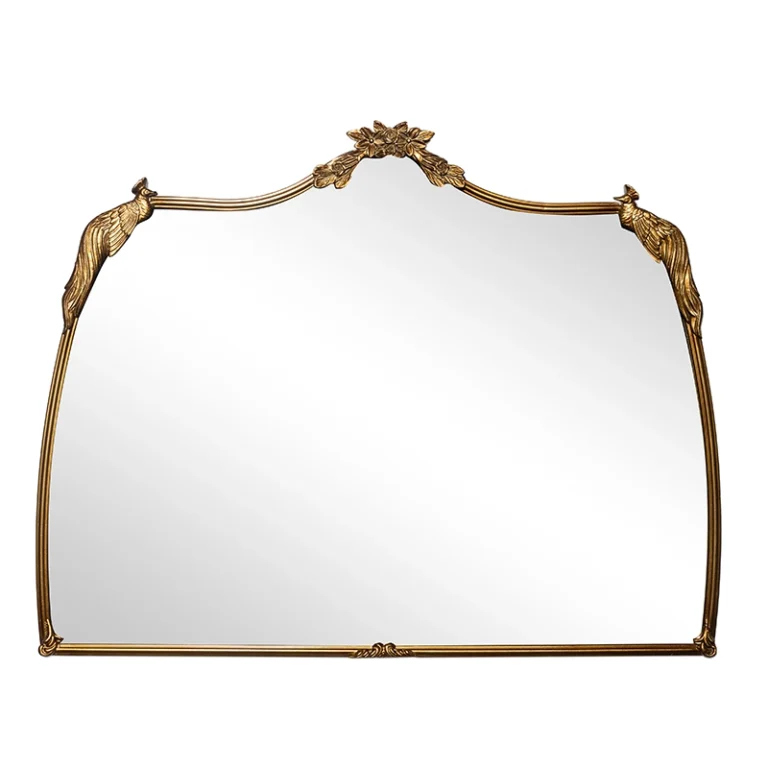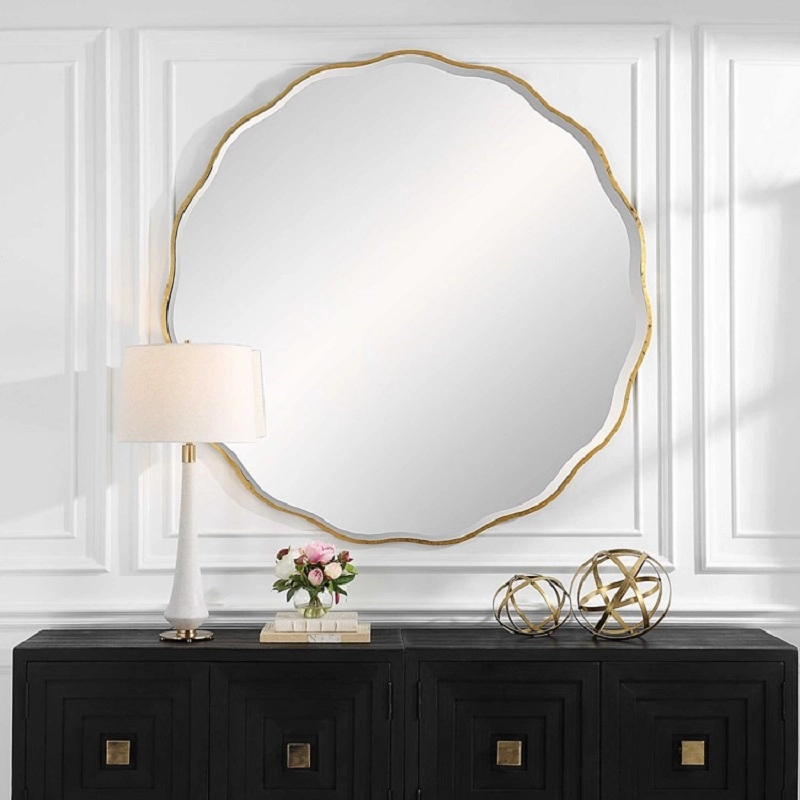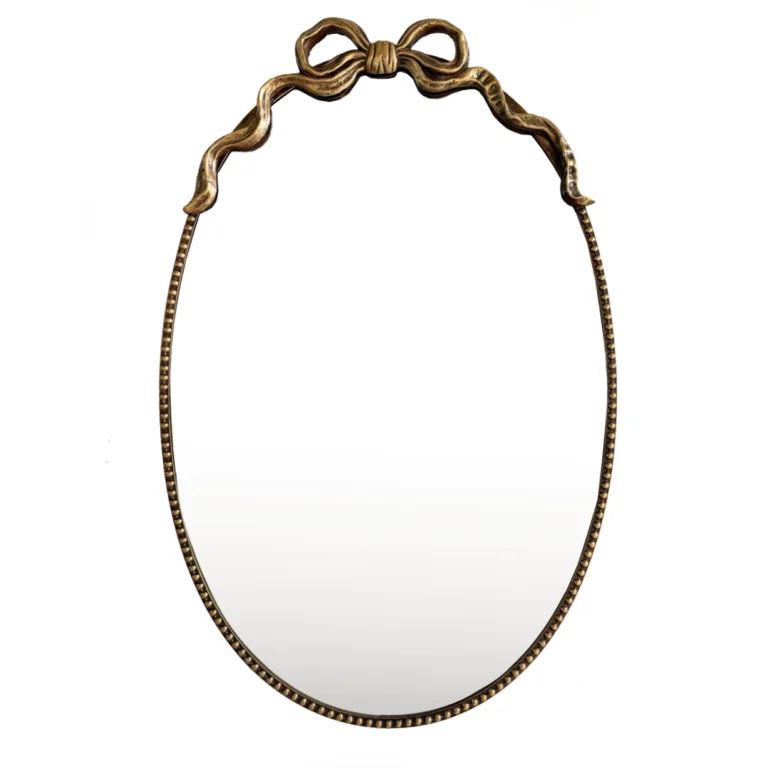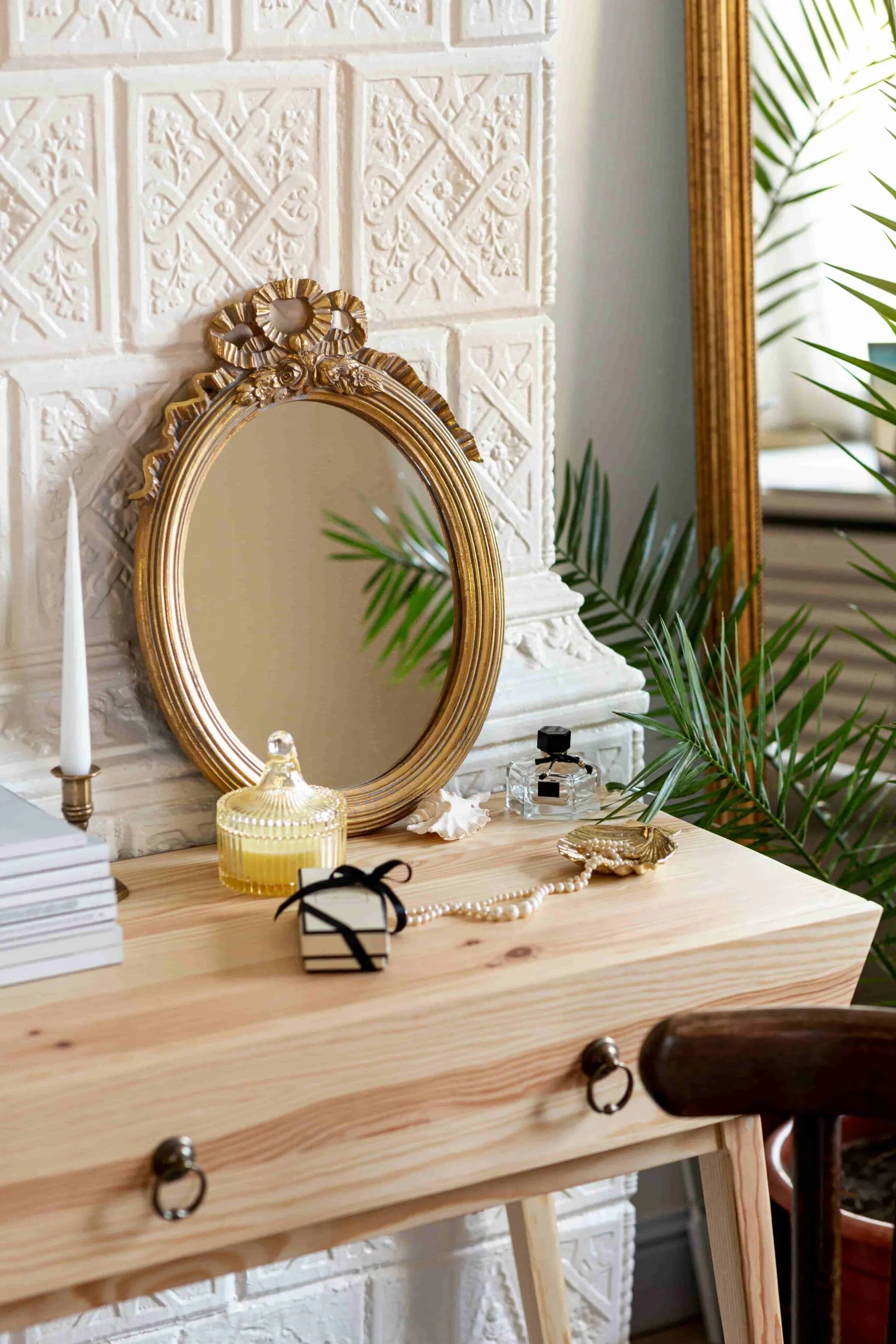Moroccan mirror Riyadh
Of course. The phrase “Moroccan mirror Riyadh” most likely refers to the popularity and presence of traditional Moroccan mirrors in the interior design and home decor scene of Riyadh, Saudi Arabia.
Here’s a breakdown of what this means, why it’s popular, and where to find them in Riyadh.
What is a Moroccan Mirror?
A Moroccan mirror is not just a functional object but a piece of art. It’s a central element of Moroccan and broader Islamic craftsmanship. Its key characteristics include:
-
Handmade Metal Frame: The frame is typically made of wrought iron, brass, or silver-colored metal.
-
Intricate Geometric Patterns: The metal is hand-chiseled and hammered into elaborate designs featuring geometric shapes (stars, polygons, interlacing lines), which are a hallmark of Islamic art, avoiding figurative representation.
-
Often Circular or Arched: While rectangular mirrors exist, the classic Moroccan mirror is often a large circle or has a distinctive arched (keyhole) shape at the top.
-
Statement Piece: These mirrors are bold and designed to be the focal point of a room.
Why are they popular in Riyadh?
The connection between Moroccan decor and Riyadh’s interior design is natural and strong for several reasons:
-
Shared Cultural and Artistic Heritage: Both Moroccan and traditional Saudi/ Gulf aesthetics share a deep appreciation for Islamic art, geometric patterns, and calligraphy. This creates a harmonious blend rather than a clashing style.
-
Luxury and Opulence: Moroccan mirrors are associated with craftsmanship, luxury, and a sense of history. They align perfectly with the luxurious and ornate interior design preferences common in many Riyadh homes and palaces.
-
The “Majlis” Aesthetic: The traditional Saudi sitting room (Majlis) often features rich textures, plush seating, and decorative art pieces. A large, ornate Moroccan mirror fits perfectly in this setting, adding depth and grandeur.
-
Modern Fusion: Contemporary interior design in Riyadh often mixes modern minimalism with traditional statement pieces. A Moroccan mirror provides a beautiful contrast against a sleek, modern wall, creating a sophisticated and cultured look.
-
Tourism and Trade: There is significant travel and trade between the Gulf region and Morocco, making these artisanal products highly accessible.
Where to Find Moroccan Mirrors in Riyadh
You can find them in several types of places across the city:
-
苏克市场和传统市场: 最著名的市场是 达里耶地区 的苏克扎尔市场。这是一个传统的市场,您可以找到无数的商店出售古董、地毯、黄铜制品和 直接从摩洛哥进口的手工镜子。准备好进行价格谈判。
-
高端室内设计精品店: 像 Al-Olaya 和 Tahlia Street 这样的地区以其豪华家具和家居装饰店而闻名。这些精品店中 many of these boutiques 存放着真正的、高质量的摩洛哥产品或高端复制品。
-
大型家具商场: 像 Home Centre、Marina Home 和 Centrepoint 这样的地方通常会有“民族”或“波西米亚”风格的专区,在这里可以以更实惠的价格找到摩洛哥风格的镜子和装饰品。
-
在线市场: 像 Haraj, Opensooq, 甚至在Instagram上,位于利雅得的供应商经常列出摩洛哥镜子出售。这是一个在家浏览广泛选择的好方法。
总结: “摩洛哥镜子利雅得”指出一种蓬勃发展的趋势,即摩洛哥古老的工匠技艺与沙特阿拉伯首都的现代奢华设计观念相碰撞。它象征着文化遗产与精致品味的融合,使这些镜子成为该市家庭和企业中备受追捧的装饰品。
Generally speaking, our order requirements are as follows: the minimum order quantity (MOQ) for large items is 50 pieces, for regular items it is 100 pieces, for small items it is 500 pieces, and for very small items (such as ceramic decorations) the MOQ is 1,000 pieces. Orders exceeding $100,000 will receive a 5% discount. The delivery timeline is determined based on the specific order quantity and production schedule. Typically, we are able to complete delivery within two months.
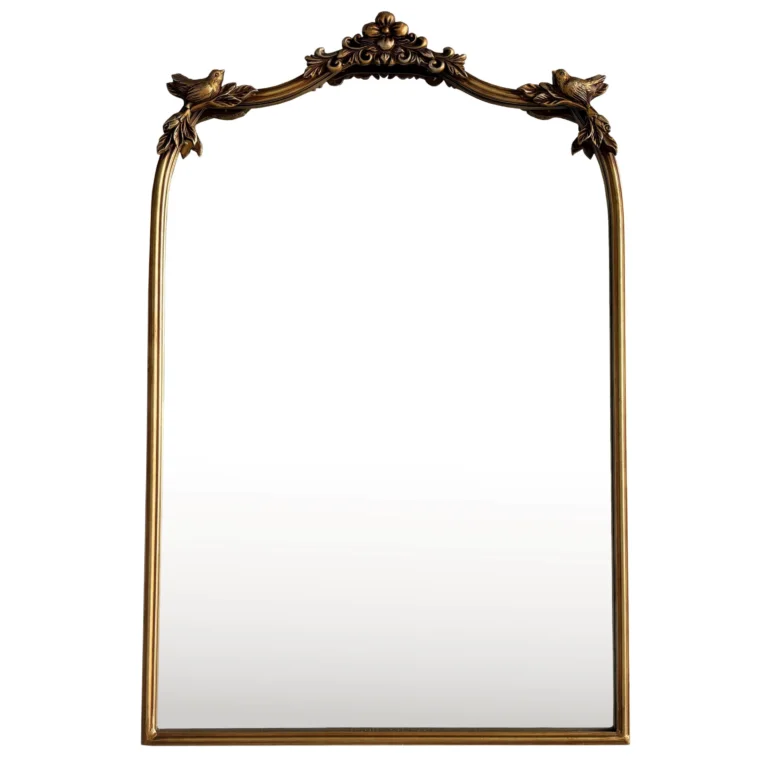

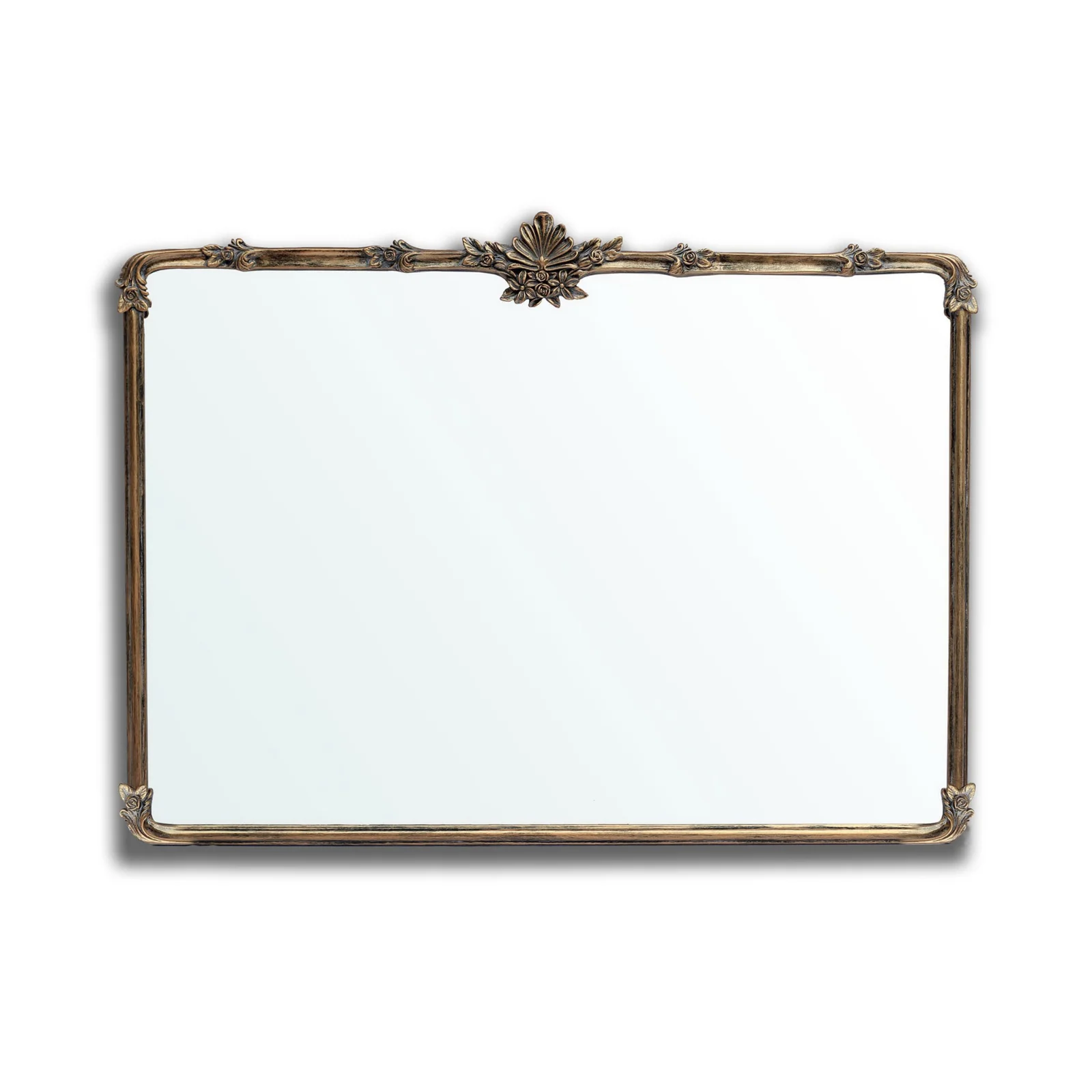


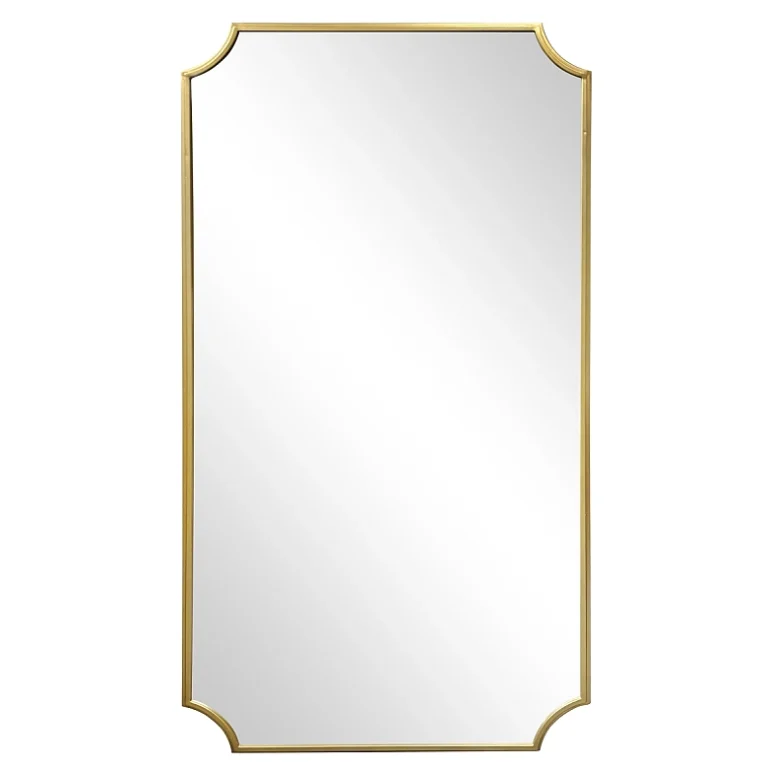
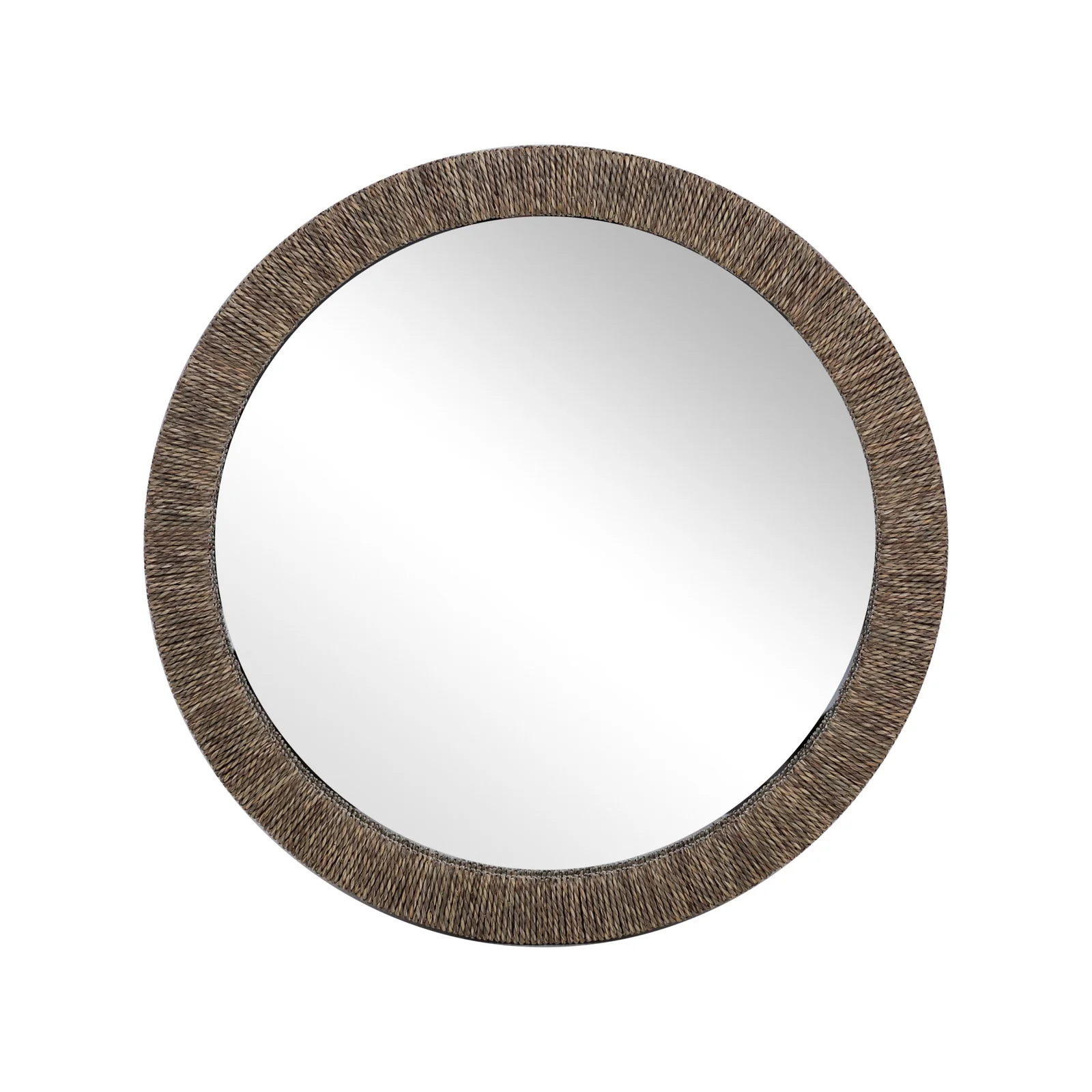
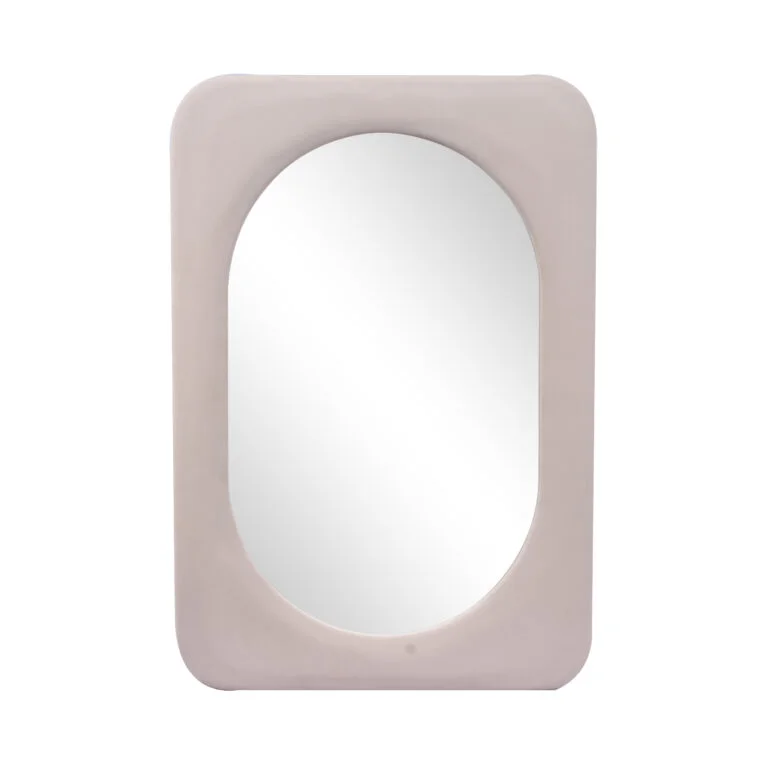
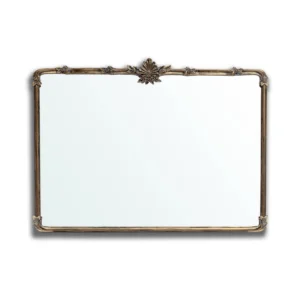
-scaled.jpg)
